There are characters that are always present in motorsports events, but it is difficult to name them. Because they are discreet. They don’t put themselves forward, when they could be taking advantage of their status. Yamaha’s Regional Sales Manager for Quebec and the Atlantic, François Morneau, is one of them.
Quad, snowmobile or motorcycle events, it is not uncommon to see his high stature, always close to a Yamaha tent or a vehicle of the three-diapason brand.
François Morneau has been working for Yamaha Motor Canada for almost 34 years. However, nothing predestined him for this career that began in Toronto.
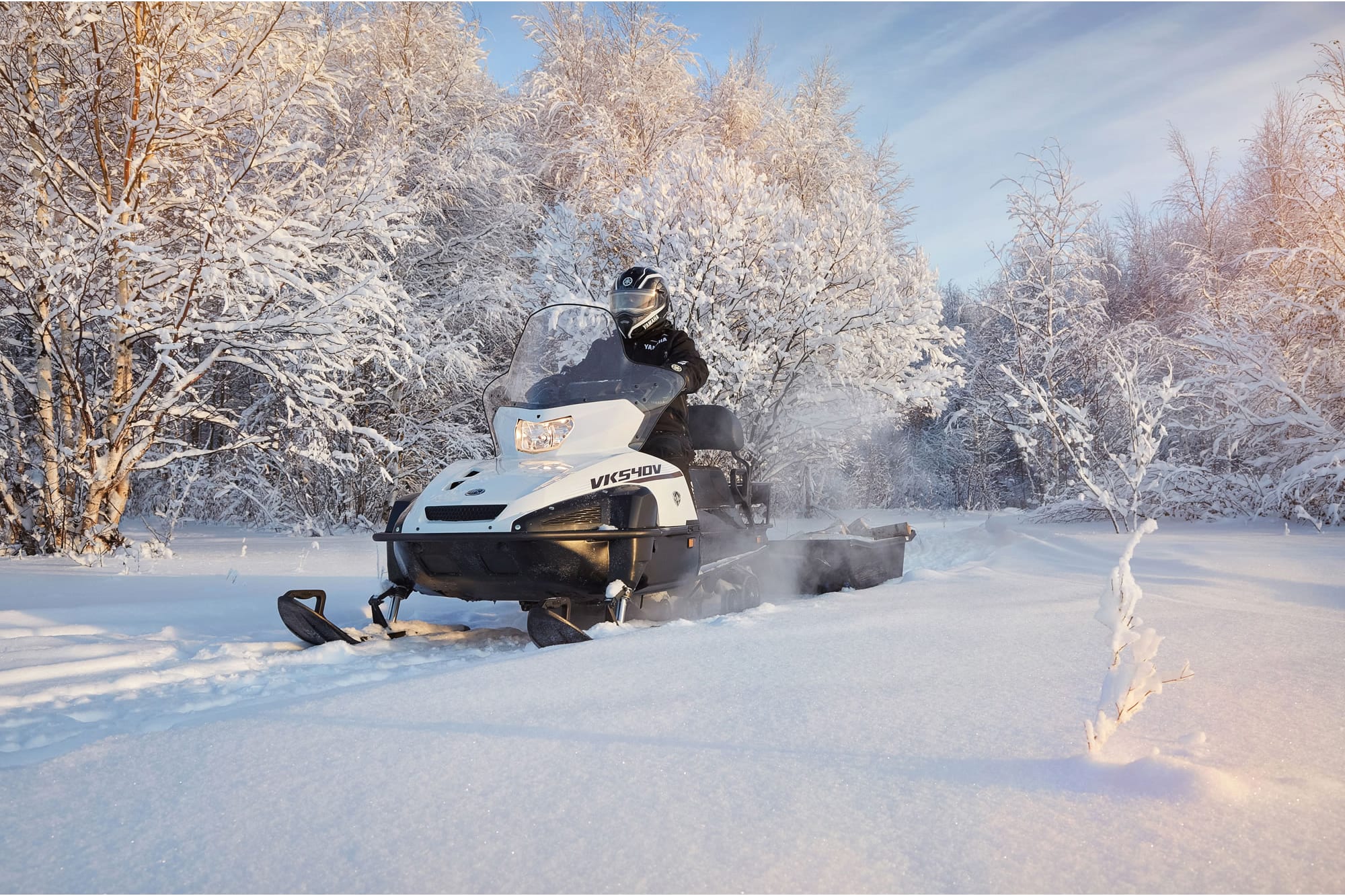
He was born in Rimouski, in the Lower St. Lawrence, in July 1960. His parents operated a dairy farm. He was the fourteenth of sixteen children. Unfortunately, four of them would not survive. In addition to the twelve children he had to raise, his mother raised other youngsters as a foster parent. François grew up in a large family, a community where farm work was very much a part of life. At the age of 5 or 6, young François drove his first tractor. There was not much equipment, which meant a lot of manual labor. As a teenager, driving tractors held no secrets for him. Four-wheelers did not yet exist, but there were already snowmobiles on the farm. They were used for recreation, but also for logging in the woods. The first one was a Motoski, which was replaced by an Alouette. The first sensations of freedom and the bite of motorized leisure activities started here!
A highlight of his youth was the purchase of his first motorcycle in 1978. A Yamaha IT 175 enduro type with which he could also ride on the road, even without indicators, replaced by arm signs. He loved riding this bike and was proud of it. It was then that he secretly dreamed of working for the Yamaha brand, in a sector of activity linked to leisure, passion and freedom.
François Morneau continued his studies at the Polyvalente Paul-Hubert, then at Cegep. For two years, he was a member of the Marauders soccer team, playing both defense and offense.
François Morneau continued his studies at the Polyvalente Paul-Hubert, then at Cegep. For two years, he was a member of the Marauders soccer team, playing both defense and offense.François Morneau poursuit ses études à la Polyvalente Paul-Hubert, puis au Cégep. Pendant deux ans, il a été membre de l’équipe de soccer des Maraudeurs, jouant aussi bien en défense qu’en attaque.
After graduating in 1984, he went to Toronto to find work and improve his English. He took advantage of this opportunity to take English classes. He was hired in a telemarketing company, then he sold Seiko watches, discovering his affinity for sales.
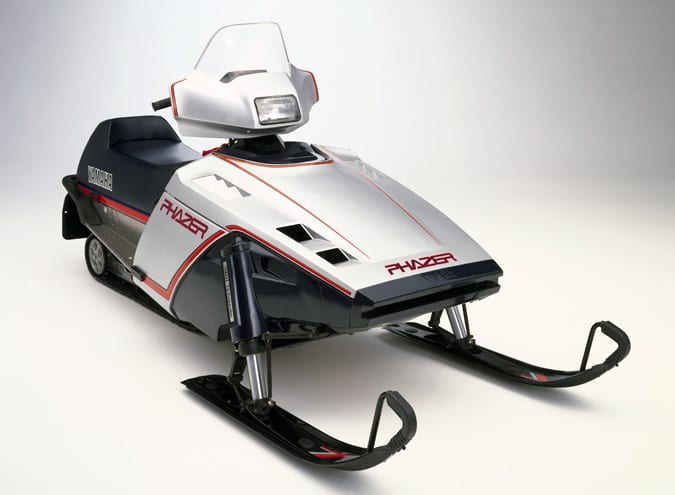
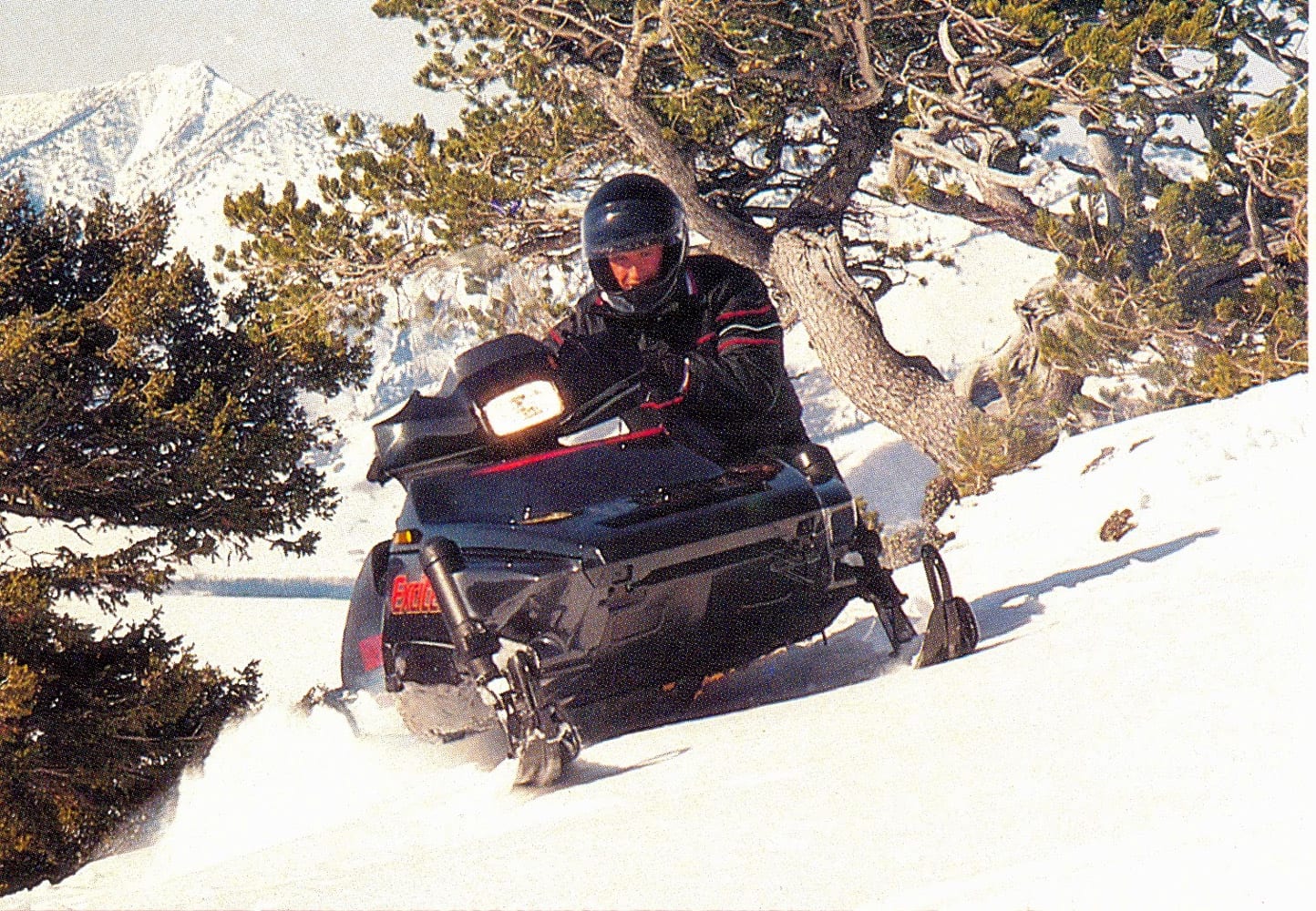
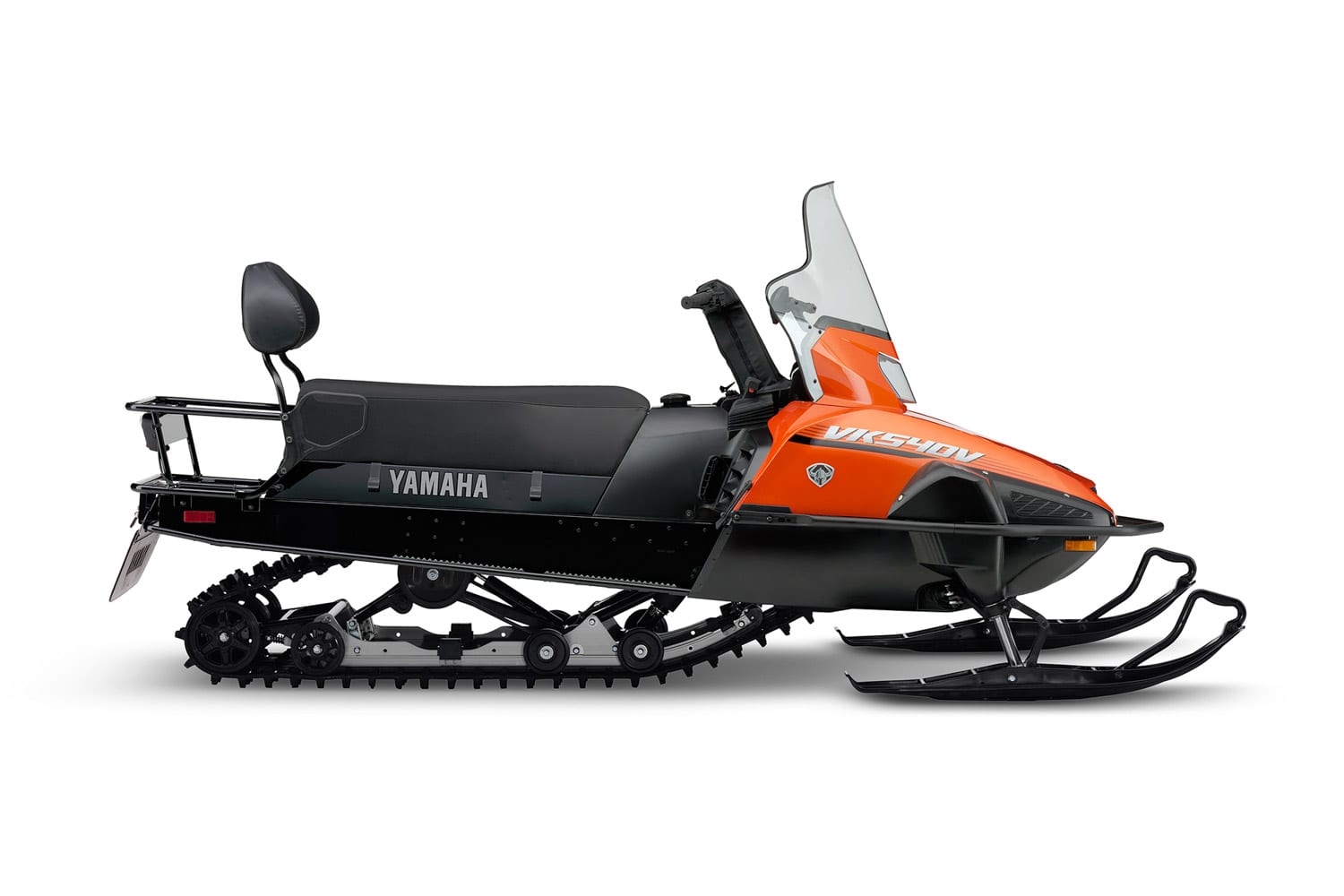
That’s when fate knocked on his door. His offices were near Yamaha Motor Canada, and on the bus he had met a Quebec woman who worked there. She was an order entry clerk. One day, she told him that a position was open at Yamaha, representing parts and accessories for Quebec! The dream was taking shape…
François Morneau took over the position in July 1986 and held it until April 1988. He began to familiarize himself with the dealerships and visited them regularly. When a position as District Sales Manager became available in 1988, he was promoted and his long career began in various areas from Lac-Saint-Jean to the North Shore, passing through Quebec City, the Gaspé and Abitibi-Témiscamingue. More than ten years of work accompanying dealers in the field.
In 1998, Yamaha Motor Canada created a position for him that did not exist in the company, Director of Sales and Dealer Development.
When asked about the growth in the number of dealerships, François Morneau answers with the quality of the network. Of course, there are more dealerships now. But the main thing is their quality. Their ability to respond to customers and satisfy them.
After six years in this position, he became regional sales manager for Quebec and the Atlantic. It is the “management” of seven representatives, two hundred dealerships, for a turnover that represents 30 to 40% of the total in Canada.
If François Morneau is listed under the heading of builder, it is because he has always been close to and interested in the users of Yamaha vehicles, and therefore in the industry. He is present as much as possible at the general assemblies or certain meetings of the quad or snowmobile federations. He is interested in the laws that can change the situation, as well as the technical improvements proposed by the owners of vehicles or by the dealers. He passes on the information to the right people in the organization.
He personally owns a Yamaha FJR 1300 motorcycle that he likes to ride in his spare time to clear his head. In terms of ATVs, he likes the Grizzly 700 for the trail, as he finds it agile and capable. For hunting, which is one of his personal hobbies along with fishing, he prefers the Kodiak 450, as it is more compact, with a smaller turning radius.
Historically, ATVs were three-wheelers. But the number of lawsuits due to accidents, mainly in the United States, signed the end of these vehicles in 1985. Yamaha preferred to buy back and destroy the three-wheelers, to avoid any further problems. The major manufacturers and importers in North America got together to define the characteristics of a safe four-wheel quad. These defined a maximum weight of 600 pounds, with handlebars, a seat, and a seat. This is still the standard that Yamaha applies, which is why they have never made a two-seater, also for legal reasons.
In the beginning, quads were powered by 350 cc engines, like the Banshee 2-stroke or the Warrior 4-stroke which marked their time. The Grizzly 600 was then the first large-displacement quad with an Ultramatic transmission that still revolutionizes reliability today with the oil dipped clutch.

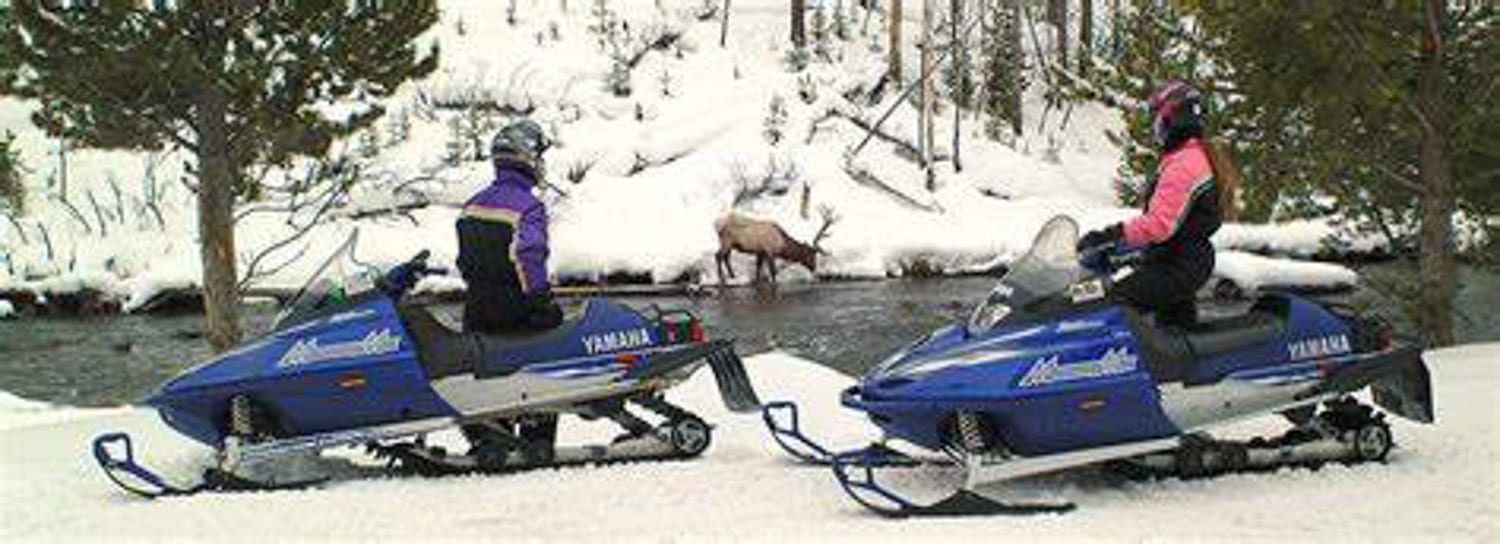
Yamaha was also the first to distribute a sport-utility side-by-side with the Rhino. This was a phenomenal commercial success, but it was accompanied by lawsuits, mainly in the United States. Yamaha waited until it won all its cases before releasing an SXS vehicle. Today, the range is very extensive. You have to be patient to offer quality products.
François Morneau likes to recall the words of Yamaha’s president in 1955, for the creation of the brand’s first motorcycle, the YA-1: “We are one of the last Japanese manufacturers to enter the motorcycle industry, so we must do it better than the others.
For the quad market, the regional sales manager sees stability. Young people are choosing looks for their first purchase, then turning to stability and reliability.
He would like to remind us of Yamaha’s commitment to 4-stroke engines. With the environmental constraints and the EPA, the standards change every two years or so. The 2-stroke engine has to burn oil in its operating cycle and this goes back into the atmosphere. Yamaha still equips some motocross bikes with 2-strokes, and VK540 utility snowmobiles, also used in Russia where the cold can be comparable to Quebec. But that’s it. Environmental standards are respected thanks to electronics or a heated carburetor on utility snowmobiles. But the future of the thermal engine is in the 4-stroke. The oil is not burned, but recovered during the oil change and recycled. It is important not to let the engine idle too long, to avoid air pollution.
François is the father of two children, a 25 year old son who has made him a grandfather twice, and a 23 year old daughter who travels the world.
In his spare time, he likes to ski a little, when he is not on his motorcycle or on his Kodiak for hunting and fishing. The forest is a source of peace for him.
After 33 years with the company, he is still passionate about Yamaha, its vehicles, and the powersports industry. He’s not thinking about retiring just yet! This is good news, because he is the living memory of Yamaha for Quebec and the Atlantic.





